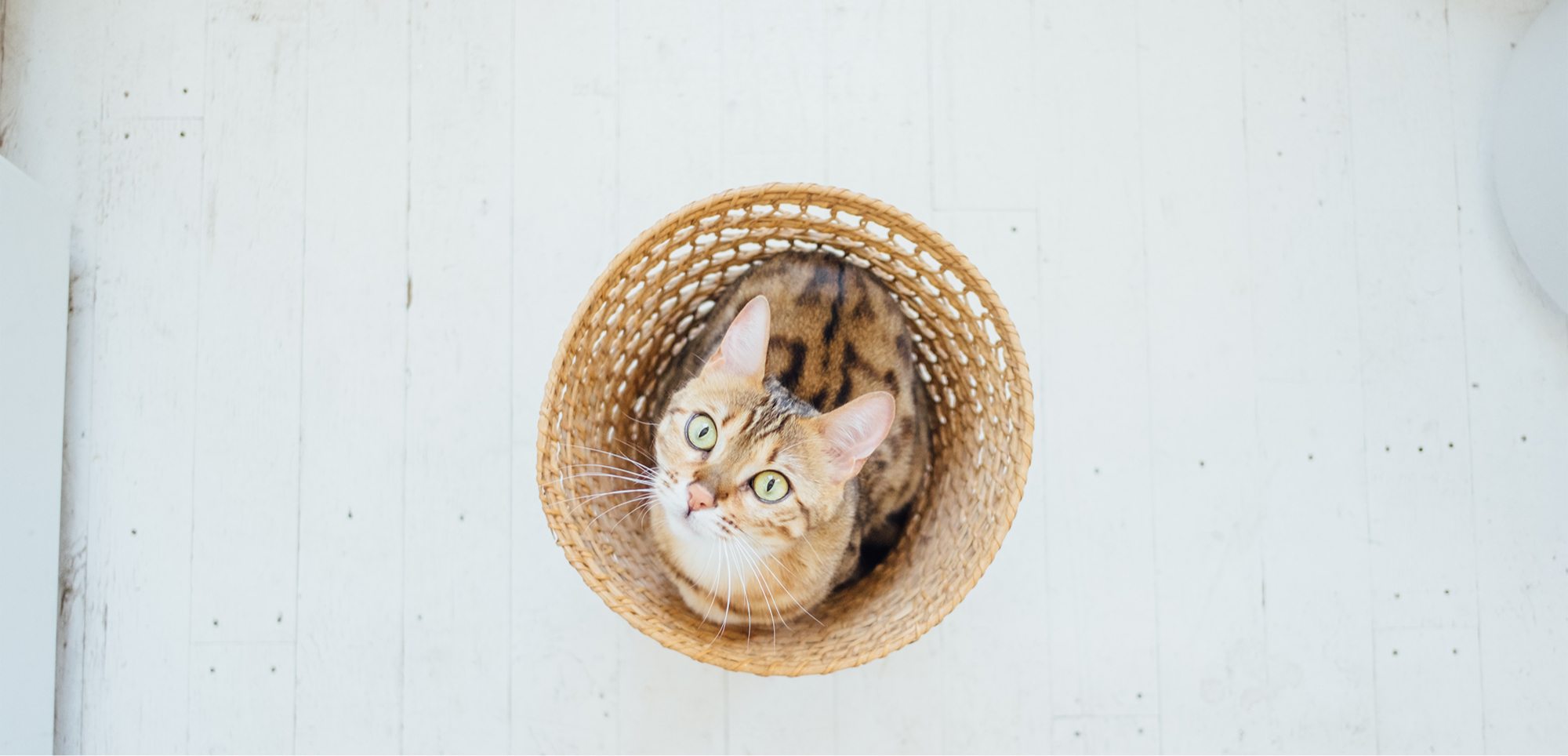How to safely handle your cat
Cat respond best to gentle and respectful handling techniques.
These are much less stressful than more forceful handling/restraint and allow the cat to retain some sense of control, which is important for the cat’s welfare.
‘Passive restraint’ is the best way to restrain a cat if this is necessary. Passive restraint means that the cat is held lightly with the least amount of restraint possible, in the cat’s choice of position (in which the cat is still able to move his/her head, body and limbs if he/she wants to). Passive restraint has been shown to result in less struggling and fewer indicators of fear, anxiety, distress and aversion, than when more forceful restraint techniques are used. Gentle and respectful handling will keep cats’ fear and distress levels to a minimum and this reduces the likelihood that a cat will respond to handling and restraint with defensive aggression.
Cats should not be ‘scruffed’ as this causes stress and distress to cats. ‘Scruffing’ is a term used to describe restraining a cat by firmly gripping the loose skin at the back of the cat’s neck. The forceful restraint imposed on the cat by scruffing is very intimidating and unpleasant for the cat; it will often cause the cat to be fearful and panic, and often provokes or escalates defensive aggression from the cat. Therefore, scruffing is both counterproductive and compromises the welfare of the cat.
International Cat Care has produced a number of cat handling videos for owners to advise owners on respectful and gentle handling techniques for their cats.


